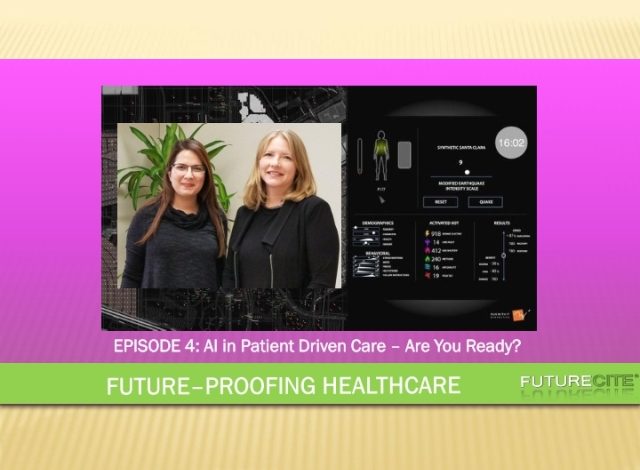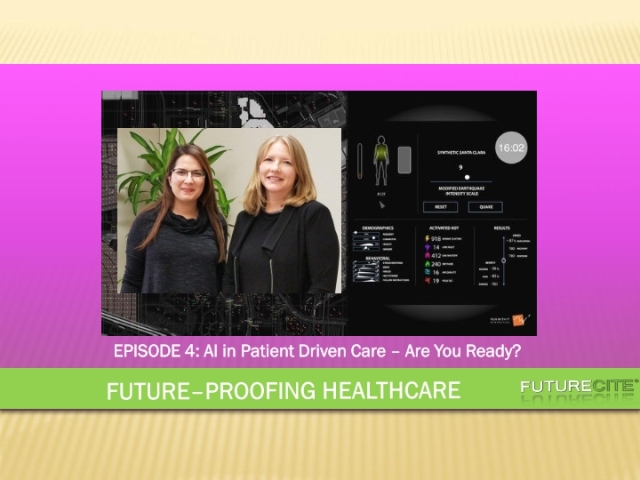
Future healthcare trending includes a shift from traditional Healthcare Provider Care centric models to one that is more Patient Driven Care centric. So what’s enabling it? Well it started years ago with the sequencing of the human genome followed by exponential increase of data storage capabilities and quantum computer advancements. Yes, in effect we have enabled a world likened to the “Matrix” science fiction future movies, the scenario where we choose the right pill to take to determine our future. We are at a pivotal point where the potential of what humanity (assisted by AI) can achieve is limited by how well we transition (culture, behavior) and adapt new systems (processes and technologies).
So how do our healthcare service providers prepare to address the demands for future services – while “bending the cost” of our current healthcare services? And at the same time, how will our healthcare providers shift from a traditional Healthcare Provider Care centric model to that of a Patient Driven Care model? What are the cost benefits of emerging technologies (AI enabled) policy (changes in services) and economic (changes in budget) impacts? What is the impact on both clinicians and patients?
One way is to apply real time 3D model simulation scenarios to test each of these questions – to enable management and decision makers to see with clarity, how these scenarios can impact the quality of care, resource utilization and costs. Will all this be driven by patients? In short yes – along with the proliferation of electronic health records, IoT, virtual health and robotics.

In Episode 4 Myrna Bittner, CEO of Runwithit Synthentics shares how they are applying their core services in 3D simulation modeling to healthcare. In Patient Driven Care, people have access to their health data, and choices to types of treatment care and facilities. In this care model, healthcare providers become a support to the Patient Driven Care model. To enable the delivery of a Patient Driven Care model, healthcare providers need to reposition their systems in scenario planning for adopting emerging health technology and services architecture.
Myrna Bittner

Myrna is the founder and CEO of RunWithIt Synthetics (RWI). Myrna passionately lives and promotes the imperative for inclusion, diversity, and representation. Armed with her BA in English, and while finishing her MBA, Myrna started her first tech company in 1992, and developed a commercial internet groupware product used by NASA and US West for real-time remote communications. She co-founded her next company, a 3D neural net visualization research company – funded by an Australian billionaire. When they told her she couldn’t do it, it did not stop her. She continued on her AI journey to create what is now RWI.
About RunWithIt Synthetics (RWI)

RWI de-risks the future with Synthetic Intelligence Environments, and enables innovators to plan and act, with certain and quantifiable answers to the most sophisticated questions about exponential future scenarios. RWI stepped out of the limitations of digital twinning and historical data, demonstrating for our partners their systems at scale, in the future, under any circumstance they could imagine. RWI produced emergent experiences that could be designed, measured, understood and optimized — enabling their partners to confidently move years ahead of competition in both innovation and delivery. RWI’s Synthetic Intelligence Environments have validated tech capacity for major M&A deals, de-risked the rollout of global massive scale live media systems, and exposed threat surfaces in IoT tech— running 24/7 to deliver billions of hours of accurate and instructive data. In 2019, RWI’s Synthetic City implementation tackled IIoT, infrastructure mitigation, and disaster response during earthquakes in Silicon Valley.




